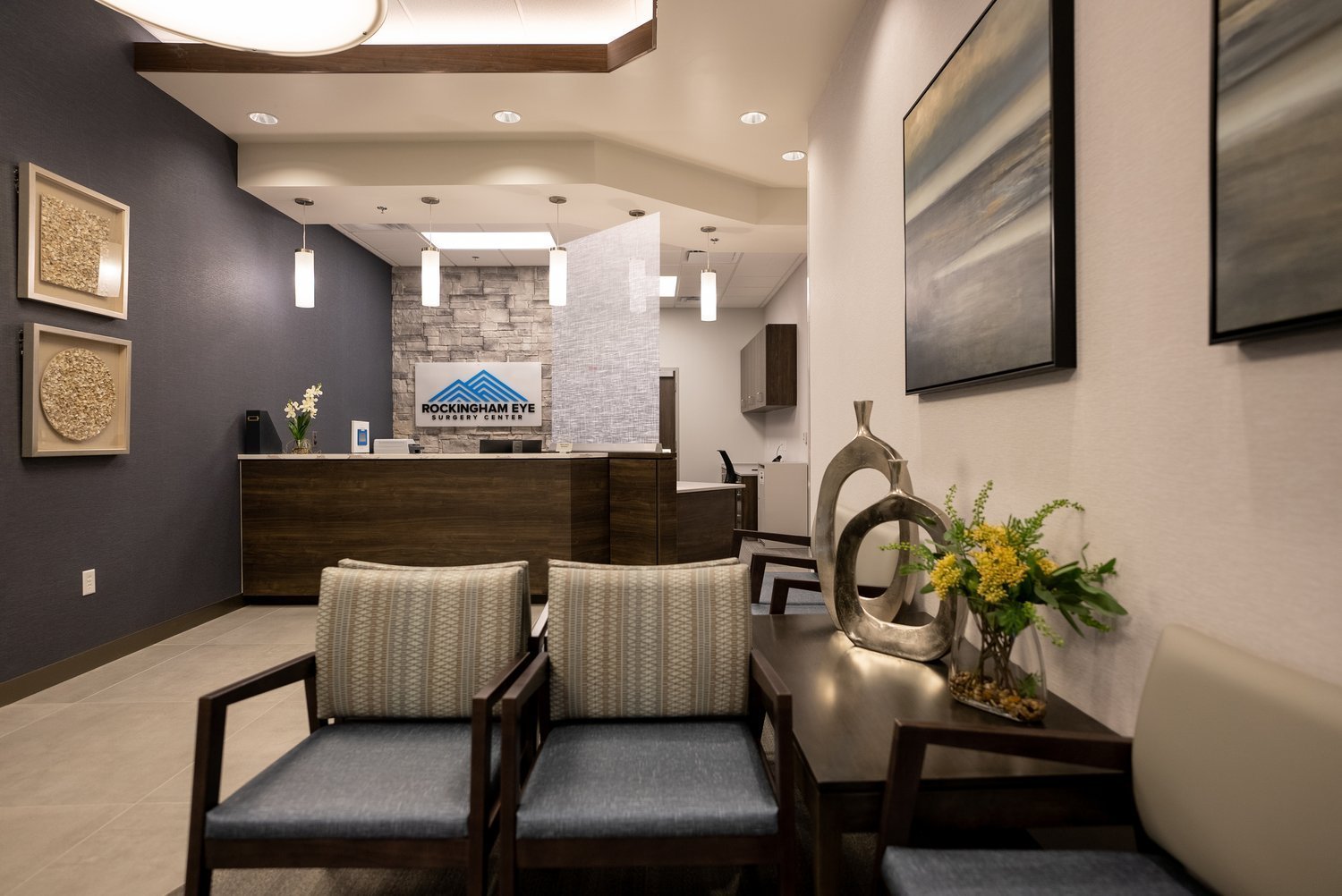The Importance of Acoustic Design
Entered By: Nicole Baroni
January 2024
Integrating thoughtful acoustics are important to consider for any design, especially healthcare. Not only for an additional visual interest, but also for the mental and physical wellbeing of patients and employees. Noise triggers a stress response in your brain which then causes a release of a stress hormone that can cause mental and physical reactions. You could have the most beautiful space, with innovative furniture, calming colors and textures but if acoustics were not considered in the design, then there is room for clients to potentially be stressed, overwhelmed and uncomfortable. Acoustics are important for privacy, and with thoughtful design, clients will have less mental and physical reactions to the overstimulation of noise and their surroundings.
Sound is another way people will associate characteristics to a place
they visited. If sound becomes noise, you will notice a rise in blood pressure and stress levels. Excess stress levels in an environment where it is already heightened is something that could easily be avoided. You can have improved noise reduction with decorative panels, either suspended from the ceiling or attached to the wall. There are so many options for acoustic panels too! Geometric and organic shapes can be overlapped, stacked and staggered to provide a spectrum of privacy as well as panels with vast color and pattern options. There are even options to add backing to other products like flooring and wallcovering to add acoustical privacy to a space. Varying the heights of your ceilings in an open are can reduce noise and provide a more comfortable environment as well.
I bet you didn’t even think about surfaces you have in your space that
provide the comfort of absorbing sound so you can be more proficient and calm throughout your day. Carpet plays a large role in reducing impact noise which includes: footsteps, movement, electrical equipment and airborne noise from outside. Having carpet will reduce sound reverberation and also absorb ten times more airborne noise than other flooring. Another simple way to reduce noise, other than carpet and acoustics panels, would be upholstered furniture. Soft upholsteries are much better for sound absorption than wood or plastic because hard and flat materials generally reflect sound waves and soft cushioned furniture will absorb them.
Acoustic design should be one of the main considerations
for your space when going through the design process. Neglecting acoustic design can negatively impact the experience of your space not only for clients or patients, but it would also greatly impact the work environment for employees. Without proper acoustical privacy and sound reduction efforts there will be added stress, along with other mental and physical reactions. Consider acoustics when designing a safe and effective space that doesn’t overstimulate or overwhelm the people using it.
Text Sources:
How Acoustics Is An Integral Part of Interior Design?
The Roll of Acoustics in Architecture for Medical Facilities
Can carpet help soundproof your home?
How Furnishings Can Help With Acoustics
Image Sources
KDA
Architizier
Kirei’s peel-and-stick Geometry tiles in Penta
Rockingham Eye Surgery Center - Rockingham, VA
Carnegie’s Xorel Artform
Panhandle Eye - AMARILLO, TX





